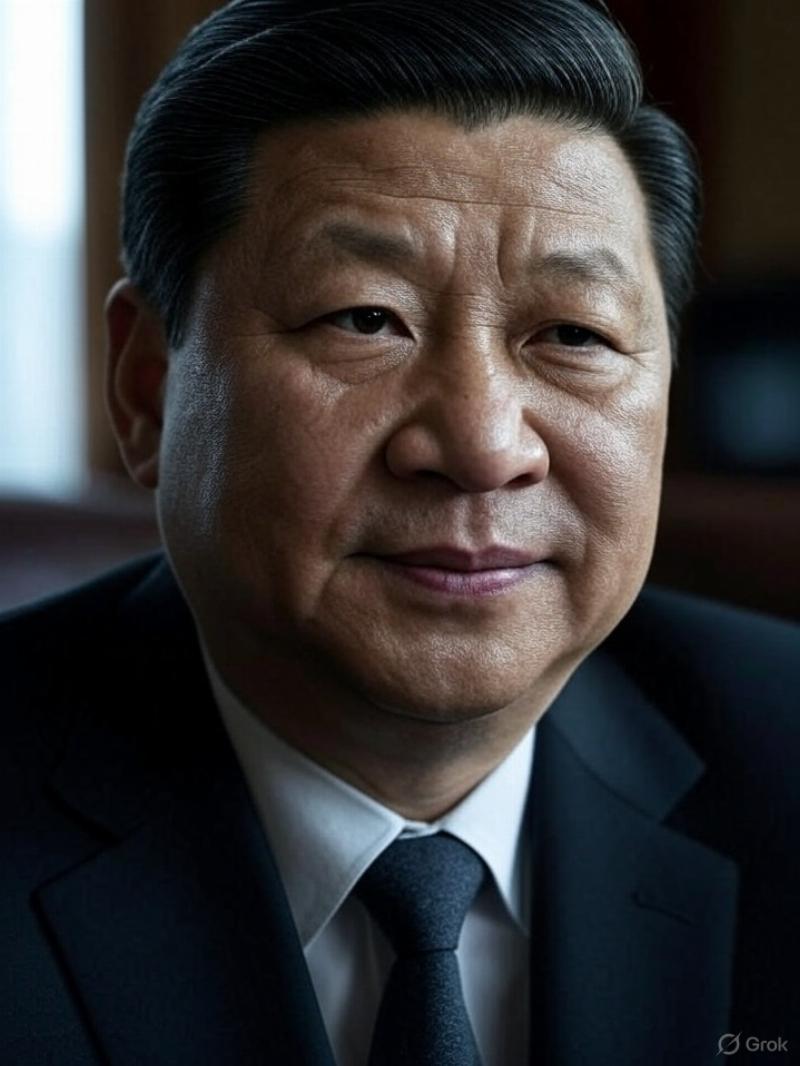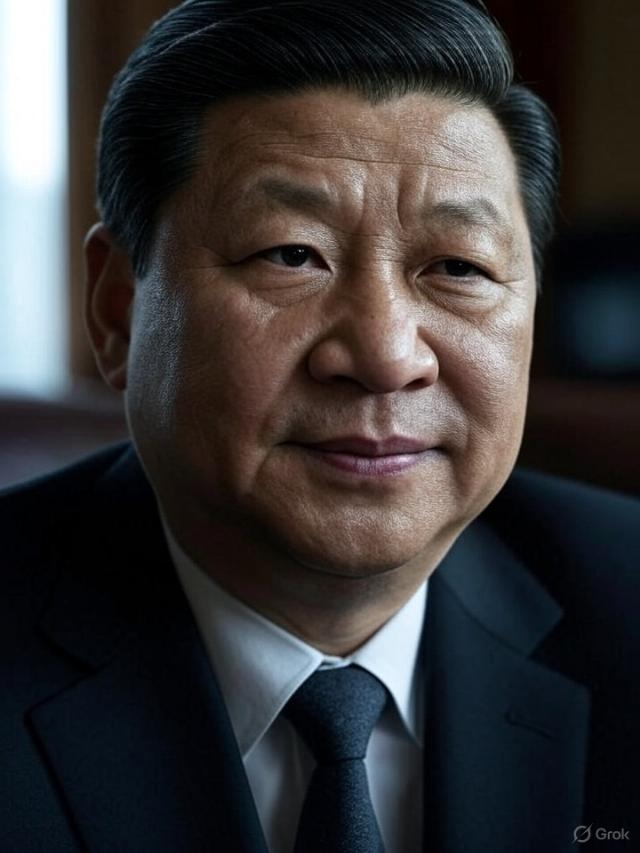


Beijing’s latest move to pitch a global AI cooperation framework is not the noble gesture it pretends to be. On July 26, just days after President Donald Trump unveiled America’s AI Action Plan, China announced its Action Plan for Global Governance of Artificial Intelligence at the World Artificial Intelligence Conference in Singapore. Cloaked in diplomatic jargon and sprinkled with lofty appeals to “multilateralism,” China’s announcement is a transparent attempt to dilute America’s growing lead in the AI race — not to “govern” artificial intelligence, but to co-opt it.
Let’s be clear: this is not a plan for shared global stewardship. It’s a play to slow the United States down, buy China more time, and extend Beijing’s influence across the global south — all while gaining access to the very innovations that President Trump’s policy aims to unleash at home.
The timing of China’s announcement speaks volumes. Days after Washington signaled it was done apologizing for leading the world in AI innovation, Beijing responded with a smile and an open hand — not because it wants to play nice, but because it wants a piece of the action. Chinese Premier Li Qiang’s warning against AI becoming an “exclusive game” for a few countries might sound cooperative, but it’s really a plea not to be excluded. Why? Because Beijing knows it’s falling behind.
President Trump’s AI action plan is unapologetically assertive. It lays out a roadmap for deregulation, national security readiness, and private-sector innovation. It champions free speech, liberty-based AI, and American leadership in AI infrastructure and global standards. In contrast, China’s plan reads like a wish list for access: joint research and development, shared datasets, open-source platforms, cross-border infrastructure, and even unified standards — all couched in vague commitments to equity, sustainability, and peace.
To the uninformed, that might sound like progress. But to anyone watching Beijing’s tech strategy over the last decade, it’s déjà vu. China has a long and well-documented record of intellectual property theft, forced tech transfer, and digital authoritarianism. These are not the habits of a partner. They are the practices of a regime that builds advantage by borrowing what it can and stealing what it must. The AI arena will be no different.
China’s action plan also proposes creating a “Global AI Cooperation Organization” under the auspices of the United Nations. That, too, is no coincidence. Beijing has spent the last two decades burrowing into UN agencies, pushing for governance rules that favor state control and surveillance — the same blueprint China uses to repress its own people. Now, it wants to rewrite the rules of AI governance before American values can shape them first.
Worse, Beijing is playing to an audience — the developing world. Its plan specifically emphasizes supporting the Global South, with pledges of AI literacy programs, infrastructure support, and shared innovation platforms. In essence, China is offering to be the “benevolent” AI provider to countries left out of the U.S.-led model. But make no mistake: this is about building dependency, not capability. Beijing wants client states, not collaborators.
In fact, the very structure of China’s “Global AI Governance” proposal mimics the Communist Party’s own centralized, top-down control model. It calls for globally unified computing power standards, cross-border data sharing (with China at the center), and open ecosystems — all under the guise of trust and transparency. This is like asking a pickpocket to help set the rules for a jewelry store. It’s laughable — if it weren’t so dangerous.
The document is also littered with buzzwords like “fairness,” “diversity,” “sustainability,” and “multistakeholder participation.” Yet Beijing offers no proof it can deliver on any of these principles domestically, let alone globally. In Xinjiang, AI is used to surveil and oppress. In Hong Kong, it’s part of the digital crackdown. Online, AI-powered censors erase dissenting views within milliseconds. Are we really to believe that China — the same country that builds digital firewalls and jails dissidents — will lead a global effort for “inclusive governance”?
The American people — and our allies — must not fall for this charade.
President Trump’s AI strategy recognizes the stakes. It doesn’t apologize for leading the world in this defining technology. It asserts that American innovation, grounded in liberty, is preferable to the opaque, authoritarian, and state-directed model China champions. His plan also correctly identifies the AI race as a competition we must win — not negotiate away in a haze of UN-led bureaucratic gridlock.
That doesn’t mean America won’t collaborate with allies. But it does mean we must be vigilant against bad-faith actors dressed in multilateral clothing. Real governance of AI should be built on trust, transparency, and shared democratic values — not managed by regimes that fear freedom of information and transparency of code.
Beijing’s play is as strategic as it is self-serving. The Communist Party is positioning itself to ride the coattails of Western innovation, mask its authoritarian ambitions with soft language, and seize the moral high ground through global forums. But we shouldn’t let the rhetoric fool us. China’s AI plan is not about cooperation. It’s about containment — containing U.S. leadership, containing freedom-centered AI, and containing the rise of a rules-based digital order not authored in Beijing.
The right response is not to compromise. It’s resolve.
America must press forward with its AI action plan — fast-tracking innovation, defending open systems, and building strategic partnerships with nations that share our values. At the same time, we must shine a spotlight on China’s duplicity and deny it the credibility it seeks in forums like the UN. The AI future must be free — not forged behind the Great Firewall.
In the end, the choice is not between “dominance” and “cooperation.” It’s between liberty and control.
And America must lead — not because we seek to dominate, but because if we don’t, China surely will.
Robert L. Maginnis is a national security and foreign affairs analyst, retired U.S. Army officer, and author of thirteen books, the latest comes this fall, AI for Mankind’s Future.

Image from Grok.
